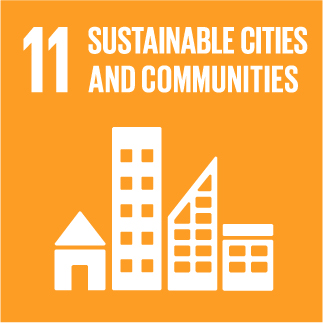Integrated manufacturing of REciclable multi-material COmposites for the TRANSport sector
State?of?the?Art, Insights, and Perspectives for MOFs?Nanocomposites and MOF?Derived (Nano)Materials
Different approaches to MOF?NP composite formation, such as ship?in?a?bottle, bottle?around?the?ship and in situ one?step synthesis, are used. Owing to synergistic effects, the advantageous features of the components of the composites are beneficially combined, and their individual drawbacks are mitigated. In this way, the performance in applications ranging from batteries and supercapacitors to chemical catalysis, electrocatalysis, sensing, photodegradation of contaminants, and biomedicine is boosted.Composite structures created from metal?organic framework (MOF) matrices are reviewed in this work. Depending on the nature of the second component apart from the MOF platform, several synergistic properties may arise; at the same time, the initial features of the single constituent materials are usually maintained, and individual shortcomings are mitigated. Currently, timely energy and environmental challenges necessitate the quest for more advanced materials and technologies. Significant developments in MOF?nanocomposites have enabled their application across a wide range of modern and traditional fields. This review demonstrates in an exhaustive and critical way a broad range of MOF?based nanocomposites, namely, MOF/perovskite nanoparticles (NPs), MOF/metal (non?iron) oxide NPs, MOF/Fe3O4 NPs, MOF/metal chalcogenide NPs, MOF/metal NPs, and MOF/carbon?based materials, as well as nanocomposites of MOFs with other semiconductor NPs. Key points related to the synthesis, characterization, and applications of these materials are provided. Depending on their configuration, the composites under discussion can be applied in domains such as photoelectrochemical sensing, antibiotic/dye degradation, optoelectronics, photovoltaics, catalysis, solar cells, supercapacitors, batteries, water remediation, and drug loading. Sometimes, MOFs can undergo certain processes (e.g. pyrolysis) and act as precursors for composite materials with appealing characteristics. Therefore, a special section in the manuscript is devoted to MOF?derived NP composites. Toward the end of the text, we conclude while also describing the challenges and possibilities for further investigations in the umbrella of material categories analyzed herein. Despite the progress achieved, key questions remain to be answered regarding the relationships among the morphology, properties, and polyvalent activity of these materials. The present work aims to shed light on most of their aspects and innovative prospects, facilitating a deeper comprehension of the underlying phenomena, functionality, and mechanistic insights governing their behavior.

» Publication Date: 21/04/2025

This project has received funding from the European Union's Horizon 2020 research and innovation programme under grant agreement Nº 768737


